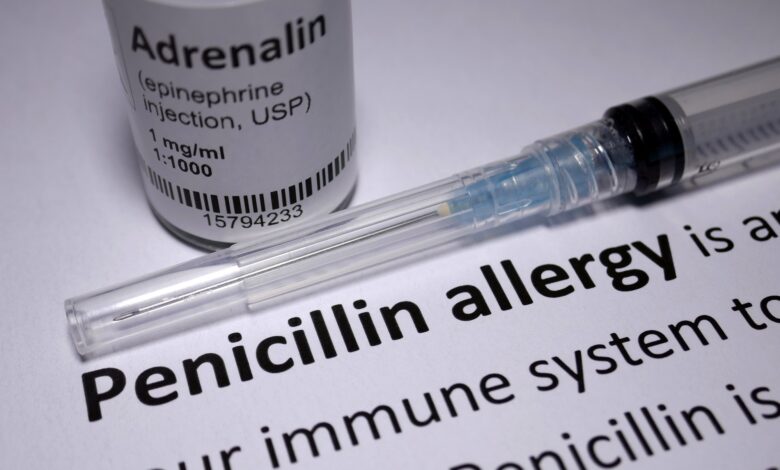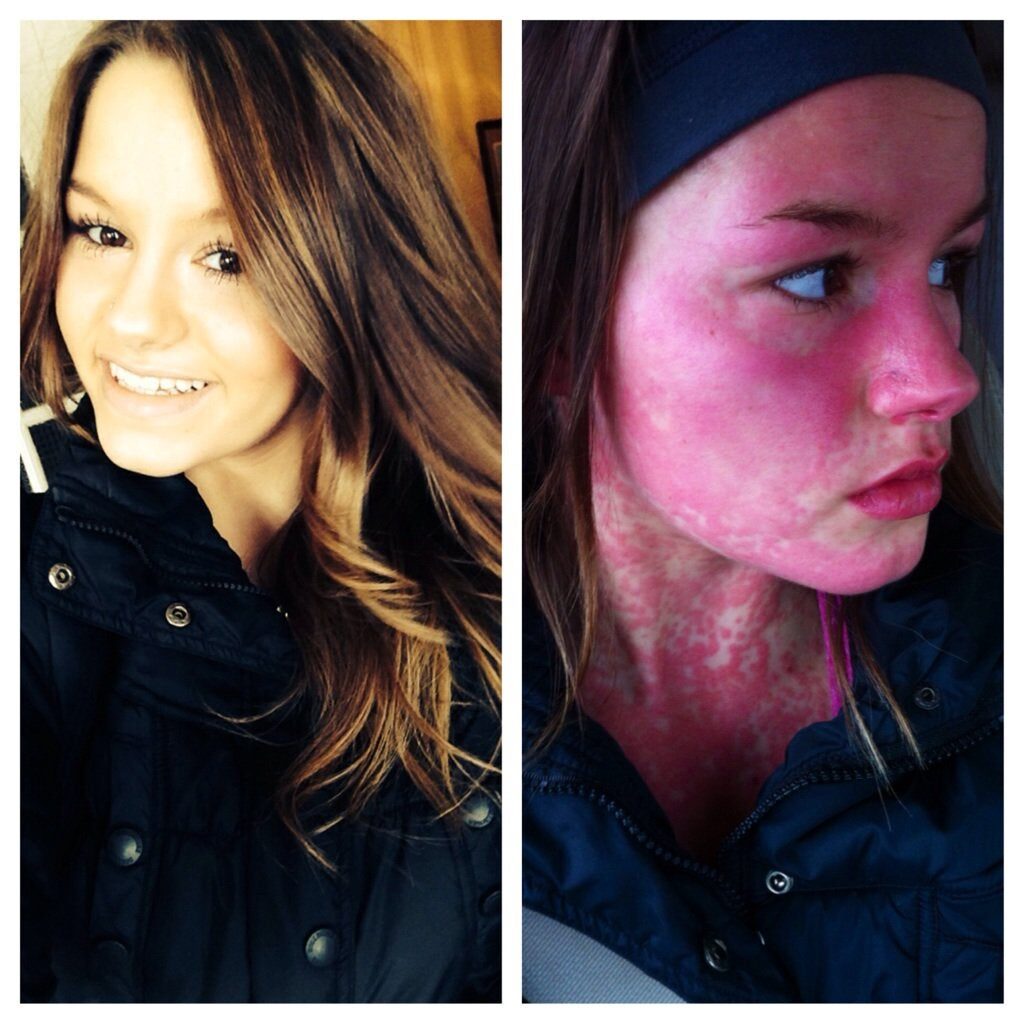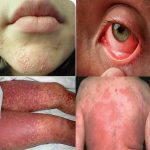What Antibiotics Can You Not Take If Allergic To Penicillin?

Allergies occur when your immune system reacts to a foreign substance that doesn’t cause a reaction in most people. Your immune system produces substances known as antibodies. When you have allergies, your immune system makes antibodies that identify a particular allergen as harmful, even though it isn’t. When you come into contact with the allergen, your immune system’s reaction can inflame your skin, sinuses, airways, or digestive system.
The severity of allergies varies from person to person and can range from minor irritation to anaphylaxis — a potentially life-threatening emergency. While most allergies can’t be cured, treatments can help relieve your allergy symptoms.
What causes allergy?
Researchers aren’t exactly sure why the immune system causes an allergic reaction when a normally harmless foreign substance enters the body. Allergies have a genetic component. This means parents can pass them down to their children. However, only a general susceptibility to an allergic reaction is genetic. Specific allergies aren’t passed down. For instance, if your mother is allergic to shellfish, it doesn’t necessarily mean that you’ll be, too.
Common types of drug allergens include Penicillin, sulfa drugs, and herbal medications which contain common triggers.
What is penicillin allergy?
A penicillin allergy is an allergic reaction that occurs when your body’s immune system overreacts to the penicillin antibiotic. True penicillin allergy is rare with the estimated frequency of anaphylaxis at 1-5 per 10 000 cases of penicillin therapy. Hypersensitivity is, however, its most important adverse reaction.

What are the symptoms of penicillin allergy?
Common allergic reactions to penicillin include rashes, hives, itchy eyes, and swollen lips, tongue, or face. In rare cases, an allergy to penicillin can cause an anaphylactic reaction, which can be deadly. This type of reaction usually happens within an hour after you take penicillin. Symptoms include:
- Difficulty breathing
- Hives, wheezing
- Dizziness
- Loss of consciousness
- Rapid or weak pulse
- Skin turning blue
- Diarrhea
- Nausea
- Vomiting
If you think you are having an anaphylactic reaction, inject epinephrine in your thigh muscle and then call 911 immediately.
What makes you more likely to have a severe allergic reaction to penicillin?
Severe allergic reactions to penicillin can be dangerous and life-threatening. You may be more likely to have this type of reaction if you have had:
• A positive skin test for penicillin allergy.
• Hives that appeared quickly after you took the penicillin.
• A previous anaphylactic reaction to penicillin.
If any of these apply to you, you should receive another antibiotic or undergo desensitization therapy. In this type of therapy, under your doctor’s supervision, you start taking small amounts of penicillin and gradually increase how much you take. This lets your immune system “get used to” the medicine, and you may no longer have an allergic reaction. Desensitization may have to be repeated if you have to use the antibiotic again in the future (desensitization doesn’t last long).
You are not likely to have an anaphylactic reaction to penicillin if you have had a rash that looks like measles that appeared from a few hours to days after you took penicillin.
What Antibiotics Can You Not Take If Allergic To Penicillin?
If you are allergic to penicillin, it is important to know that you may also be at risk of being allergic to other antibiotics that are related to penicillin. This is because many antibiotics are part of the same family of medications, called beta-lactam antibiotics, which share similar molecular structures. As a result, people with a penicillin allergy may also experience allergic reactions to other beta-lactam antibiotics. The following is a list of antibiotics that should be avoided if you have a penicillin allergy:
1. Amoxicillin
Amoxicillin is a commonly prescribed antibiotic that belongs to the penicillin family of antibiotics. People who are allergic to penicillin may also be allergic to amoxicillin, and therefore should not take this medication.
2. Ampicillin
Ampicillin is another type of penicillin antibiotic that should be avoided by people with a penicillin allergy. It is often used to treat bacterial infections of the respiratory tract, urinary tract, and skin.
3. Augmentin
Augmentin is a combination antibiotic that contains amoxicillin and clavulanate potassium. It is commonly used to treat bacterial infections of the respiratory tract, ear, sinus, skin, and urinary tract. People who are allergic to penicillin should not take Augmentin.
4. Cephalosporins
Cephalosporins are another class of antibiotics that are related to penicillin and may cause allergic reactions in people with a penicillin allergy. This class of antibiotics is often used to treat bacterial infections of the respiratory tract, skin, and urinary tract. There are several generations of cephalosporins, and the risk of allergic reactions may vary depending on the specific medication. The first-generation cephalosporins, such as cephalexin, have a higher risk of cross-reactivity with penicillin, while the later generations, such as ceftriaxone, have a lower risk.
5. Carbapenems
Carbapenems are another class of antibiotics that are related to penicillin and may cause allergic reactions in people with a penicillin allergy. This class of antibiotics is often used to treat bacterial infections of the respiratory tract, skin, and urinary tract, as well as serious infections such as sepsis. Examples of carbapenems include imipenem and meropenem.
6. Macrolides
Macrolides are a class of antibiotics that are not related to penicillin and are often used to treat respiratory tract infections, skin infections, and sexually transmitted infections. Examples of macrolides include azithromycin, clarithromycin, and erythromycin. These antibiotics are generally considered safe for people with a penicillin allergy, although there may be rare cases of cross-reactivity.
7. Tetracyclines
Tetracyclines are a class of antibiotics that are not related to penicillin and are often used to treat respiratory tract infections, skin infections, and sexually transmitted infections. Examples of tetracyclines include doxycycline and minocycline. These antibiotics are generally considered safe for people with a penicillin allergy.
8. Fluoroquinolones
Fluoroquinolones are a class of antibiotics that are not related to penicillin and are often used to treat urinary tract infections, respiratory tract infections, and skin infections. Examples of fluoroquinolones include ciprofloxacin, levofloxacin, and moxifloxacin. These antibiotics are generally considered safe for people with a penicillin allergy.
It is important to note that even if an antibiotic is considered safe for people with a penicillin allergy, there
How is an allergic reaction to penicillin treated?
If you use penicillin and then get hives and have trouble breathing or have other symptoms of anaphylaxis, call 911 or other emergency services immediately. For emergency treatment, people typically get an epinephrine shot. If symptoms do not go away, you may need more shots. You may also have antihistamines and corticosteroids put directly into a vein (intravenously).
If you have a mild allergic reaction, you may control your symptoms with antihistamines that you can buy without a prescription. But you may need prescription medicine if those over-the-counter medicines don’t help or if they cause bothersome side effects, such as drowsiness. If you have had a previous serious reaction to penicillin, you should carry and know how to use an epinephrine shot. Let your doctor know about any medication reaction right away.





